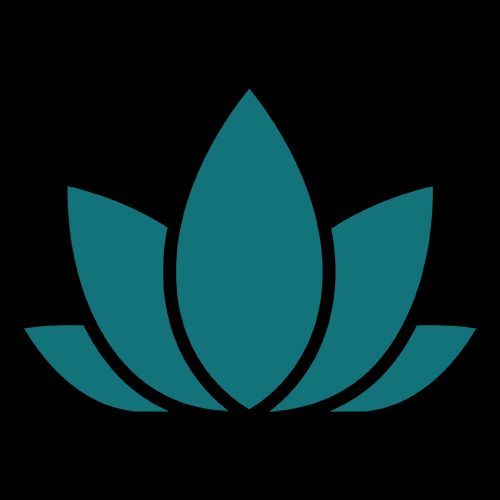Dermatomyositis is a rare inflammatory disease. Common symptoms include a distinctive skin rash, and inflammatory myopathy, or inflamed muscles, causing muscle weakness.
It’s one of only three known inflammatory myopathies. Dermatomyositis can affect both adults and children.
There’s no cure for this condition, but symptoms can be managed.
In most cases, the first symptom is a distinctive skin rash on the face, eyelids, chest, nail cuticle areas, knuckles, knees, or elbows. The rash is patchy and usually a bluish-purple color.
A rash on the chest is known as a “shawl sign” because it appears in a shawl-like pattern. A rash on the hands is known as “mechanic’s hands“ because it makes the skin appear rough and dirty.
You may also have muscle weakness that gets worse over weeks or months. This muscle weakness usually starts in your neck, arms, or hips and can be felt on both sides of your body.
Other symptoms you might experience are:
- muscle pain
- muscle tenderness
- problems swallowing
- lung problems
- hard calcium deposits underneath the skin, which is mostly seen in children
- fatigue
- unintentional weight loss
- fever
There is a subtype of dermatomyositis that includes the rash but not muscle weakness. This is known as amyopathic dermatomyositis.
The exact cause of dermatomyositis isn’t known. However, it has many similarities to an autoimmune disease.
An autoimmune disease occurs when your body’s disease-fighting cells, called antibodies, attack your healthy cells. Having a compromised immune system may also contribute to getting the disease.
For example, having a viral infection or cancer may compromise your immune system and lead to the development of dermatomyositis.
About
Anyone can develop dermatomyositis. However, it’s most common in adults between the ages of 40 and 60 and children between the ages of 5 and 15.
The disease affects women twice as often as men. It affects more Black Americans than white Americans.
Your doctor will ask you questions about your symptoms and medical history and perform a physical exam. Dermatomyositis is an easier inflammatory muscle disease to diagnose because of the autoimmune rash associated with it.
Your doctor may also order:
- an MRI to look for abnormal muscles
- an electromyography (EMG) to record electrical impulses that control your muscles
- a blood analysis to check your levels of muscle enzymes and autoantibodies, which are antibodies that attack normal cells
- a muscle biopsy to look for inflammation and other problems associated with the disease in a sample of muscle tissue
- a skin biopsy to look for changes caused by the disease in a skin sample
For most people, there’s no cure for dermatomyositis. Treatment can improve the condition of your skin and muscle weakness. Available treatments include medication, physical therapy, and surgery.
Corticosteroids
Corticosteroid medications, such as prednisone, are the preferred method of treatment in most cases.
You can take them by mouth as well as apply them to your skin. Corticosteroids lower the response of your immune system, which reduces the number of inflammation-causing antibodies.
For some people, especially children, symptoms may resolve completely after a treatment course with corticosteroids. This is called remission. Remission may be long lasting, and sometimes even permanent.
Corticosteroids, especially in high doses, shouldn’t be used for extended periods of time because of their potential side effects.
Your doctor will most likely start you on a high dose and then gradually lower it. Some people can eventually stop taking corticosteroids completely if their symptoms go away and stay away after stopping the medication.
If corticosteroids alone don’t improve your symptoms, your doctor might prescribe other medications to suppress your immune system.
Corticosteroid-sparing medications are used to reduce the side effects of corticosteroids. Drugs such as azathioprine and methotrexate may be used if your case is advanced or if you have any complications from corticosteroids.
Intravenous immunoglobulin (IVIG)
If you have dermatomyositis, your body is producing antibodies that target your skin and muscles. Intravenous immunoglobulin (IVIG) uses healthy antibodies to block these antibodies.
IVIG consists of a mixture of antibodies that have been collected from thousands of healthy people who have donated their blood. These antibodies are given to you through an IV.
Additional treatments
Your doctor might suggest additional treatments, such as:
- physical therapy that improves and preserves your muscle strength, along with preventing loss of muscle tissue
- an antimalarial medication, hydroxychloroquine, for a persistent autoimmune rash
- surgery to remove calcium deposits
- medications to help with pain
The muscle weakness and skin problems linked with dermatomyositis can cause a number of problems. Some common complications are:
- skin ulcers
- gastric ulcers
- difficulty breathing
- lung infections
- problems swallowing
- malnutrition
- weight loss
Dermatomyositis can also be associated with conditions such as:
- Raynaud’s phenomenon
- myocarditis
- interstitial lung disease
- other connective tissue diseases
- increased risk of developing cancers
Although dermatomyositis may resolve in about 20 percent of adults who have it, for most people it can’t be cured. The symptoms can be treated, however. Your doctor will create a treatment plan for you that will help you manage your symptoms.
In addition, healthy lifestyle habits have had a positive impact on many people with dermatomyositis and other types of myositis.
Among these habits are regular exercise to help reduce inflammation and an anti-inflammatory diet that includes plenty of fruits and vegetables, and avoids foods like processed meats and sugary desserts.









